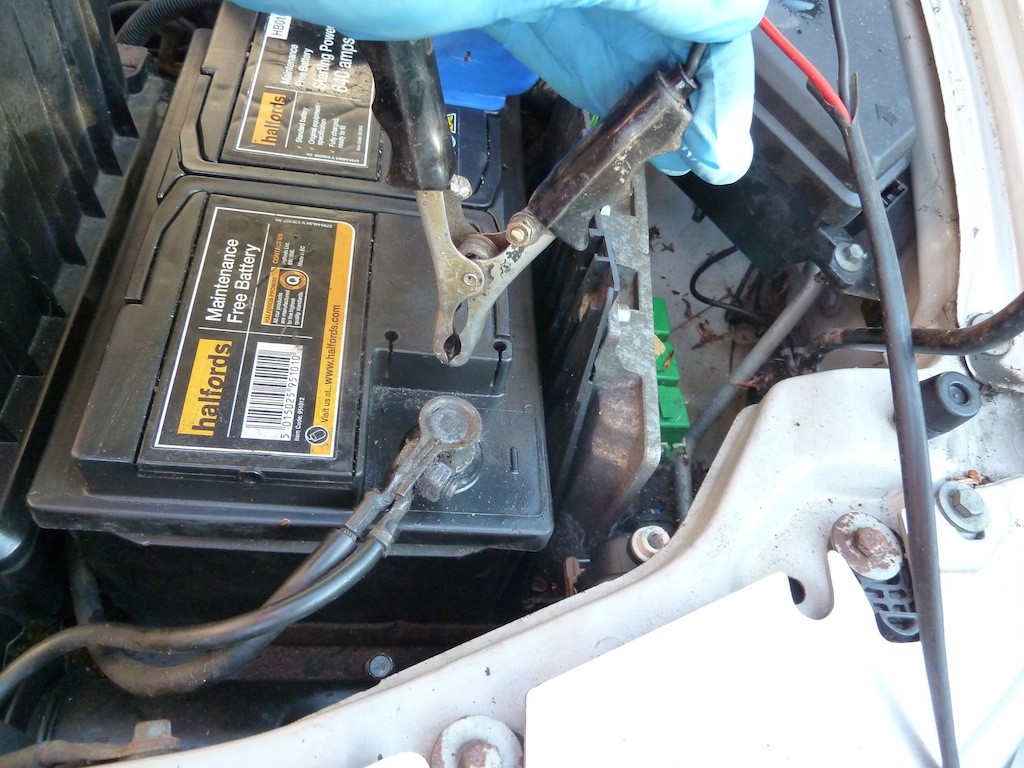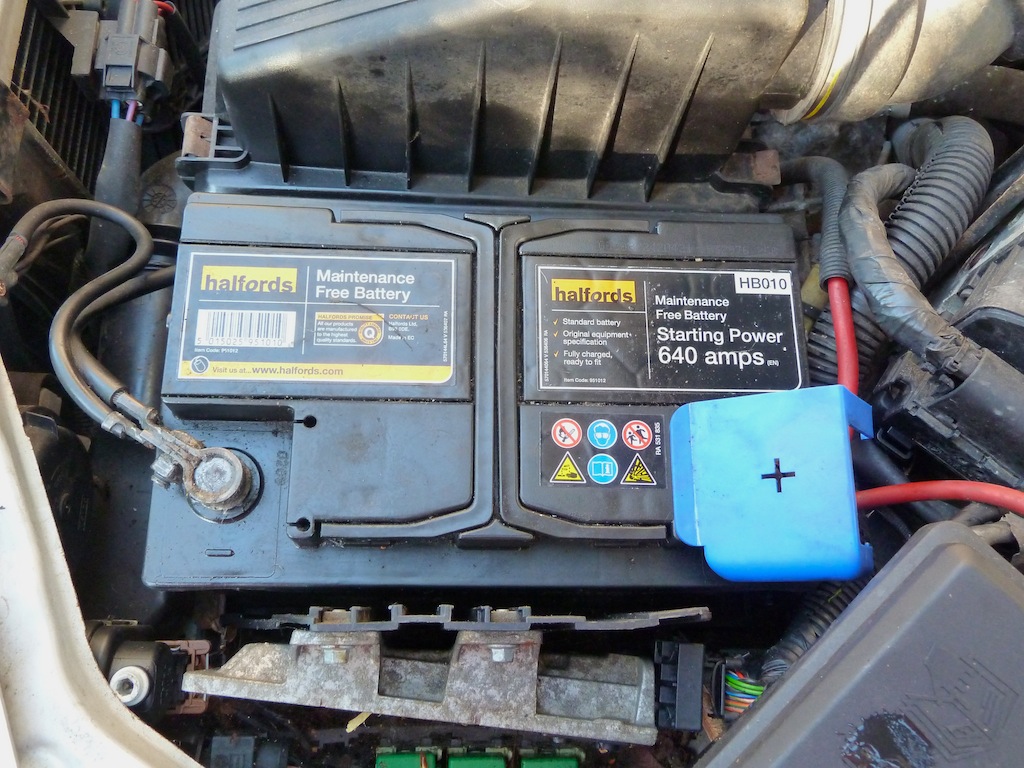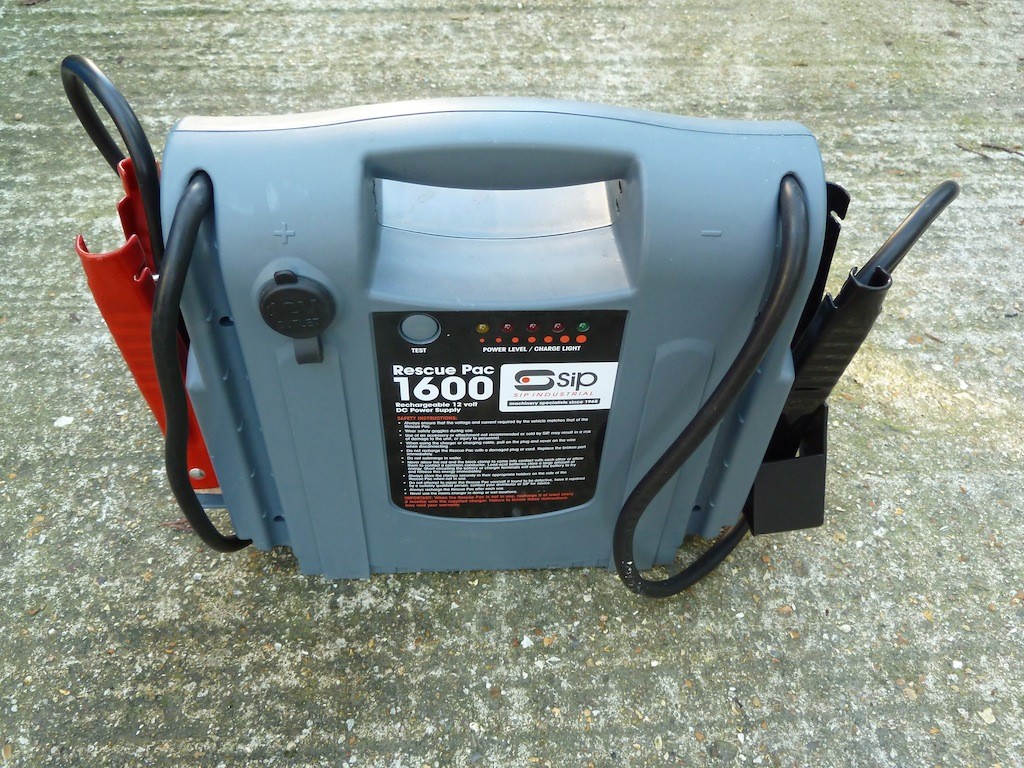Kim Henson advises on getting the best from your battery, at the same time helping it to ‘survive and prosper’!
Whether your car is a classic or a more recent model, its battery has to take a great deal of punishment in winter, with constant demands on its output, through a wealth of electrical systems that it has to supply (particularly on modern vehicles).
Low temperatures sap at battery power, in addition to which the necessity to often use such things as lights, heated screens, etc. place additional demands on the battery.
The following tips may help to ensure that your car starts when it, and to help maintain your battery in good condition…
- DYNAMO OR ALTERNATOR BELT CONDITION AND TENSION
Unmodified older cars (typically up to the 1970s) have to rely on a dynamo to generate electrical power to ‘re-supply’ the battery. Inherently, the dynamos used in these cars are not as efficient as the alternators fitted to later models – and (for example) a dynamo does not charge the battery at tickover/low engine speeds. However, in both cases a drive belt is required to rotate the pulley so that power is produced within the unit.
In each case ensure that the drive belt is in sound physical condition (with no fraying or other signs of deterioration – in which case renew the belt, or have it renewed).
Check too that the belt tension is correct. If a drive belt is loose, the dynamo or alternator pulley and central shaft won’t be rotating at its design speed, and therefore cannot work at full efficiency. (In addition, on many cars the water pump may be driven by the same belt, so slackness in the belt can result in engine overheating – even in winter). Sometimes a loose drive belt will give itself away by a loud squealing noise as engine revs are increased – especially likely when heavy electrical loads are applied (such as turning on the headlamps).
Check your car’s handbook or manual to establish the correct belt tension. As a rule of thumb, for a dynamo the deflection of the belt under firm finger/thumb pressure applied midway along the longest belt run should typically be around ¾ inch (19mm), whereas for an alternator the norm is approximately ½ inch (13mm).
- BATTERY LEADS AND CONNECTIONS
Power essential to starting the vehicle (and operating other electrical systems) can be lost in quantity if the battery leads and their connectors are weak, corroded or dirty. Check these aspects – but TAKE GREAT CARE when cleaning battery leads/connectors (for example with a wire brush, having first disconnected the battery).
ALWAYS wear protective gloves and goggles, for the dirt/debris removed from the leads/connectors may contain battery acid. I know because I once got some in my eye, and can tell you that it is exceedingly painful! Note too that the corrosive debris will harm your car’s paintwork as well as your own skin.
- POOR STARTING?
Even with the benefit of modern multi-grade engine oils, at low temperatures the viscosity of the oil is adversely affected. Effectively it is thicker, so that the starter motor has to work harder to rotate the engine, and battery drain during cranking is excessively high.
However, you can help by ensuring that your engine has the correct grade of oil (check your car’s handbook or manual); always be guided by the vehicle manufacturer’s advice on this. If the oil is of too high a viscosity (‘too thick’), this can prevent the correct operation of hydraulic valve lifters and engine management systems, as well as placing additional strain on the starter motor and battery. Ultimately the car may not start at all…
Ensure too that the car is regularly serviced; time/mileage-expired spark plugs, high tension leads and other components will mean that the engine will take longer to start, again placing undue stress on the starter motor and battery, as extended cranking may be required to get the engine to start. (In addition performance and fuel consumption will suffer if servicing components are not renewed when recommended by the vehicle makers).
If you have a garage for your car, life is made easier for the starter motor, the battery and indeed the whole vehicle, if you put it away at night (in winter, temperatures inside the garage will usually be much higher than those outside it!).
- TURN OFF POWER-HUNGRY SYSTEMS AND COMPONENTS UNLESS NEEDED
Before trying to start your car, especially first thing in the morning, make sure that ‘everything’ electrical is switched off unless/until it is actually needed. This includes lamps, heater fans, heated screens and mirrors, etc. The starter motor needs all the power it can get to turn the engine – especially on really cold days when turning off a system not needed at that time can make the difference between being able to start the car, and not…
- KEEP THE BATTERY TOPPED UP
These days most batteries are ‘sealed for life’, maintenance-free types – but some are not. Older type batteries (and some of those produced for classic cars) need to have their electrolyte (acid) levels checked and topped up frequently/regularly, using distilled or de-ionised water. If in doubt, ask a mechanic/battery supplier if your car’s battery requires such attention.
- CHARGE THE BATTERY?
Batteries in regular use tend to survive far better than those left standing, unused, for long periods. Modern cars, with their security systems (etc.) putting a constant, if small, drain on the battery, will sap all its available power within a few weeks.
Ideally, always disconnect a car’s battery if the vehicle is to be left unused for a long time (this is a good idea anyway, for safety reasons, in case a short-circuit occurs within the vehicle’s electrical systems), and periodically ‘trickle charge’ the battery at a low rate.
Alternatively, solar powered chargers are available, so that even in the case of a car (such as a classic) which is left parked at a location remote from mains electricity, available daylight will maintain the battery’s level of charge by means of small solar panels.
- GET THE BATTERY CHECKED
If you are already doubtful about the condition of your car’s battery, have it checked NOW (free of charge at battery suppliers), and renew it, or have it renewed, if it is ailing.
Note that in many modern cars that employ engine management systems, these systems can be seriously damaged or even written-off by attempting to start a car with a battery that’s below par, voltage-wise, and/or during jump-starting (in any event consult your car’s handbook before even attempting to jump-start a modern vehicle, and adhere strictly to the recommendations given in the handbook).
- CHANGING A BATTERY? TAKE CARE
When changing a battery, you will need to disconnect the leads from the battery posts. This can have implications if the vehicle is fitted with a security system, which may be triggered (using its own independent battery and sirens) if the car’s main battery is disconnected without first connecting a ‘power saver’ device (typically this will be connected to a ‘slave’ battery and plug into the car’s 12 volt power socket, if fitted, to maintain battery voltage while the main battery is out of the circuit).
Always use spanners as short as reasonably possible, when disconnecting/re-connecting the ‘live’ battery lead, and take very great care that the spanner doesn’t touch any other components or surrounding bodywork (or a short-circuit could occur, and/or the battery could even explode…).
It’s worth noting that in many cases it is possible to upgrade to a more powerful battery. Sometimes these are available with the same size case as the original battery, or you may be able to fit a physically larger and more powerful type, PROVIDED THAT it will fit within the available space, that the battery leads will reach it AND that it can be securely anchored in place with the original or a new clamp arrangement.
When buying a new battery, in general, if a long warranty is offered, this is a good sign…
- SAFETY FIRST
When working with/near batteries, ALWAYS wear protective goggles and rubber gloves, just in case, and NEVER place your head or face over the top of the battery – in case it should explode.
 Whenever you connect anything electrical to a battery (such as battery charger leads, jump leads, multi-meter clamps, etc.), before firmly clamping the device/equipment’s connector to the second battery post, first ALWAYS just touch this battery post momentarily with the device/equipment’s relevant connector. If there is an electrical problem (indicated by a spark!), you should be able to withdraw the lead very quickly, but if you clamp it firmly in place straight away, it could overheat/melt very quickly (then melting other cables and burning your hands – etc.). Indeed it may get so hot, so quickly, that you will be unable to disconnect the clamp/lead…
Whenever you connect anything electrical to a battery (such as battery charger leads, jump leads, multi-meter clamps, etc.), before firmly clamping the device/equipment’s connector to the second battery post, first ALWAYS just touch this battery post momentarily with the device/equipment’s relevant connector. If there is an electrical problem (indicated by a spark!), you should be able to withdraw the lead very quickly, but if you clamp it firmly in place straight away, it could overheat/melt very quickly (then melting other cables and burning your hands – etc.). Indeed it may get so hot, so quickly, that you will be unable to disconnect the clamp/lead…
- ‘JUMPSTART’ PACK
If all else fails… There are many types of emergency ‘jump pack’ available to help you get your car going if the battery is ‘flat’. Ideally, for best results, buy a decent quality unit that will really pack a punch in terms of available power, when required (the same is true of ‘jump start’ cables – high quality copper-cored types are far preferable to small diameter aluminium cable types).
Before using a jump pack (or jump leads) consult your car’s handbook and any information supplied with the jump pack/leads, and follow the manufacturer’s specific recommendations, to avoid damaging your vehicle (or indeed the jump pack/leads).
Good luck! Oh, by the way, there’s ‘No charge’ for these tips…

